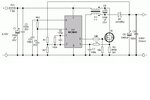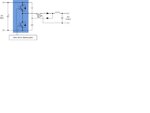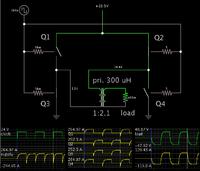electrokute
Newbie level 2

- Joined
- Apr 29, 2013
- Messages
- 2
- Helped
- 0
- Reputation
- 0
- Reaction score
- 0
- Trophy points
- 1,281
- Activity points
- 1,302
I need a 5kw DC - DC mutiplier. The input is 12V with approx 5kW-hr batteries, and the output is 48V min. 120A max continuous used for BLDC motor control. I have found circuits that are high voltage 300-600W, but only about 10A. I looked over half bridge designs, daisy chain of voltage doublers, etc., but this is the closest thing I could find (60V, 8A)

I also have found a mosfet that is 60V, 270A N Ch, Internal rectifier 1RFB3006PBF
Also I was looking at another circuit, a half bridge using a Renesis RJH 60F7DPK, with output VceSat 90V (1.37V@50A), but I'm not sure if voltage will be a problem

I was looking for a relatively simple, cheap solution that would have a response of 1mS.
Any suggestions to fix the above circuits or other would be very helpful.

I also have found a mosfet that is 60V, 270A N Ch, Internal rectifier 1RFB3006PBF
Also I was looking at another circuit, a half bridge using a Renesis RJH 60F7DPK, with output VceSat 90V (1.37V@50A), but I'm not sure if voltage will be a problem

I was looking for a relatively simple, cheap solution that would have a response of 1mS.
Any suggestions to fix the above circuits or other would be very helpful.



